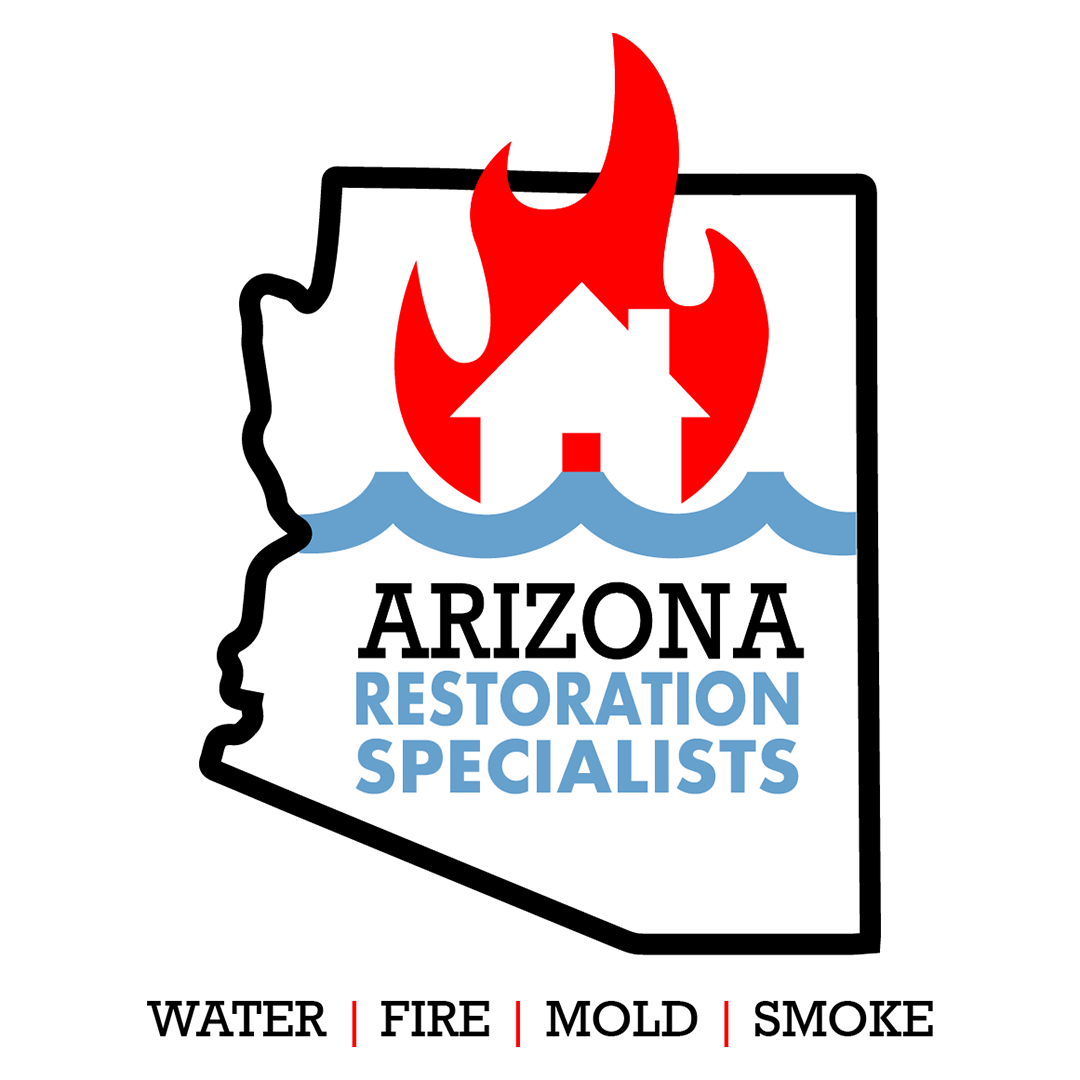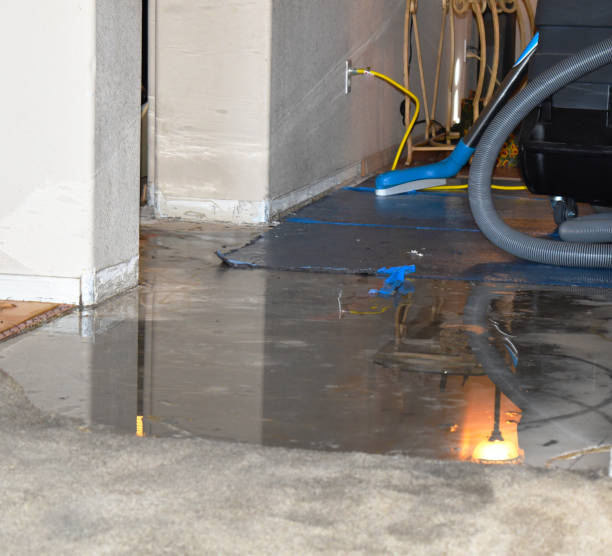Water damage describes several losses caused by water intruding and attacking a system or material by destructive processes. Such water damages include; rotting of wood, mold growth, rusting of steel, bacteria growth, swelling of composite, and delamination of materials like plywood.
Commercial water damage is devastating as it can lead to businesses shutting down for a while, and can cost a lot of money. There are several ways your business property or commercial office can get water damage. These are;
Natural disasters and extreme weather
Hurricanes, thunderstorms, and flash floods can cause significant damage to property season. Even a small storm can very quickly lead to flooding in Arizona’s monsoon season. This can cause extreme water damage that can compromise the property’s structural integrity.
Flood damage can also cause damage to electronics and the electric wiring system if not dealt with immediately. Though natural disasters are unpreventable, one needs to take precautionary measures to be prepared when a disaster happens and to ensure the property is always in its best shape.
Damaged Pipes and Backed-up Sewer lines
Pipes are damaged by degraded water supplies, sanitation clogs, and deviations in pressure. Freezing temperatures cause burst pipes. Indicators of damaged pipes are marks on the floor or walls, bloated barriers, and mildew odor. Leakages are hard to spot and require time and special tools to find them.
Backed-up sewer lines are not an uncommon occurrence in commercial building bathrooms. A sewer backup can cause contaminated water to be released into the building. This contaminated water is dangerous because it contains sewer water and hazardous waste.
Roof Damage
Roof damage caused by missing shingles, improper maintenance, or structural damage by objects like falling trees, leads to water damage when it snows or rains heavily. A dripping roof can cause decay, mold, and fire dangers from shorting wires, and compromise the structural reliability of the roof.
A Leaking Sprinkler System and HVAC System
Most commercial buildings are equipped with overhead sprinklers to deal with potential fires. When there is a fire, the sprinkler system is activated or can malfunction, and activate itself. This may lead to pools of water all over the building as sprinkler systems usually cover the entire building.
HVAC systems use a system of pipes to heat and cool the air and are hence susceptible to leakages because of wear. They need to be regularly inspected and cleaned out to remove extra water in the compressor to avoid water leakages that can cause water damage.
Window damage and Damaged Appliances
Damaged windows or damaged window seals allow moisture and water into the building. Excess moisture leads to warped, moldy, and damaged wood. It is crucial to schedule routine maintenance of windows to ensure their seals are not damaged. When necessary, the caulking needs to be reapplied to window seals to keep them intact.
Most commercial buildings have a break or lunch room for company employees, that is most likely to have a refrigerator, or/and a dishwasher. If these appliances break down, they may leak quite an amount of water that can cause significant water damage.
Water Damage
After water damage has occurred, the commercial restoration specialist will do a thorough assessment, to determine the extent and category of water damage.
There are three categories of water damage;
Category 1 – Clean Water Damage
It is the least severe type of water damage because it involves clean water that is not sewage and is toxic-free. This water damage is usually from water supply pipes, appliances, or overflowing sinks and bathtubs.
Category2 – Grey Water damage
Greywater contains waste and chemicals that may not be harmful immediately but gradually become hazardous. It is water from sump pumps, toilets, or washing machines. Surfaces and items with greywater damage go through disinfection to deal with bacteria and toxins.
Category 3 – Black Water Damage
This very extreme water damage requires immediate action to mitigate health risks. Blackwater includes rising floodwater, sewage backup, seawater, river, and groundwater that contain hazardous contaminants that can cause health problems. Blackwater damage requires thorough drying and rigorous disinfecting procedures.
Water Damage Restoration Process
When a commercial water damage disaster occurs on your commercial property, you need to take action immediately to prevent secondary damage from occurring. Notify your insurance company to make an insurance claim to recover damages later. Then seek the services of an experienced damage restoration professional to restore your property to its pre-loss condition.
The Damage restoration specialist will:
- First wet carpeting, furniture, wet materials, and personal belongings are removed. Thermal Imaging, which is moisture detection equipment, is then used to assess the location and extent of water damage on your commercial or residential property.
- The next step is to remove all excess water from the building. Stagnant water removal is done because it is a breeding ground for mold, mildew, and bacteria.
- The next step is water extraction. The affected areas are dried thoroughly using dehumidification equipment, thermohydrometers, and air movers.
- After the drying process is complete, a thorough clean-up of all surfaces that involves removing moss is done.
- Antimicrobials are then used to disinfect affected areas, to eliminate health hazards. Odors are also removed using deodorants.
- Afterward, the contents of the building, that is furniture and carpets, are cleaned and restored. Those that are beyond restoring, are discarded. At this stage, documents recovery and electronic equipment restoration is done.
- Reconstruction and construction restoration of drywall, roofing, or floors is then done if necessary.
It is crucial to have a plan of action in case of flooding that is due to either drainage system issues, melting snow conditions, a storm, overflowing from nearby rivers, or any other water-related disaster. For instance, one can take out a separate flood insurance policy.
It is crucial to have a maintenance strategy as a precaution to secure and protect your commercial property against water damage. Gates, windows, and doors need to be inspected yearly for deterioration.
Have an experienced, certified water restoration company professional inspect your property for leakages. At least once a year, the trained technician needs to be scheduled to use their most advanced equipment, to detect hidden moisture and mitigate water damage to your property.
Glendale Water Damage Restoration Services
Arizona Restoration Specialists is a certified, experienced property restoration company offering fire damage restoration and water restoration emergency services to clients in Glendale, Az.
For more information on water damage restoration, visit our office at 4521 East Jensen St.-110, Mesa, AZ 85205. You can also contact us by phone number (602) 755-3287 or email us at dallin@arsaz.net

